Lisbon is a European city that manages to attract and entertain a larger number of travelers every year. Gastronomy, Fado, the hospitality of Portuguese people, and a rich story that has its pieces in each street and corner make more than enough reasons to become a regular visitor in this charming Portuguese capital.
If you are planning a getaway to Lisbon, some essential activities cannot be missed. Here are some ideas to add to your travel agenda;
The Most Interesting Things To Do in Lisbon
1. Visit the Praça do Comércio
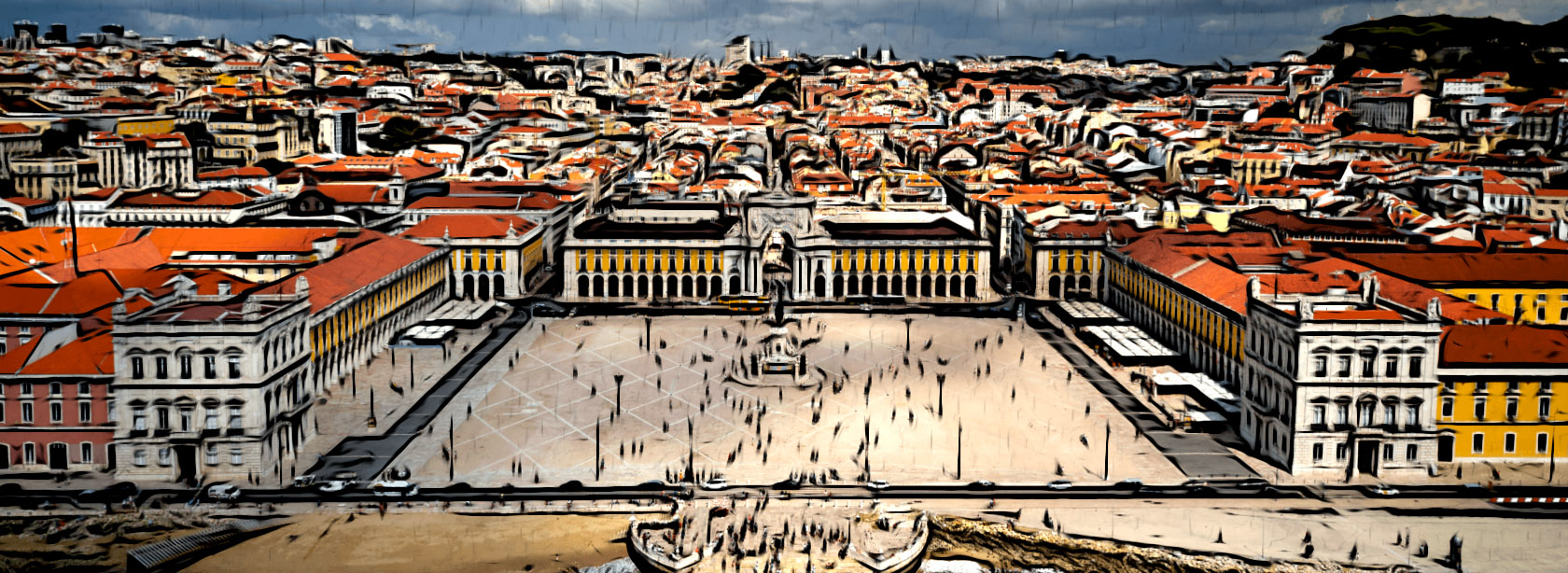
Lisbon has a collection of spots that are both fascinating and enamorating at the same time. Without a doubt, this square is one of them. It is the epicenter of the capital of Portugal, a very large open space surrounded by classic arcades and facades.
The Royal Palace was built in the 16th century at the same location as Praça do Comércio. The earthquake of 1755 demolished the palace, leaving a plot that was used to create an ideal place to walk, rest and, after all, enjoy the hustle and bustle of the city life.
Situated right by the Tagus River, the plaza is also used as a gathering spot for special days and occasions such as New Year’s Eve. The square hosts the oldest café in the city, Martinho da Arcada, established in 1782. It is also home to the monumental Pousada Hotel.
It is an ideal point to start your visit to Lisbon. It is also a very central location, ideal for accommodating while in Lisbon.
related topic: Praça do Comércio
2.Enter Lisbon through the Rua Augusta Arch
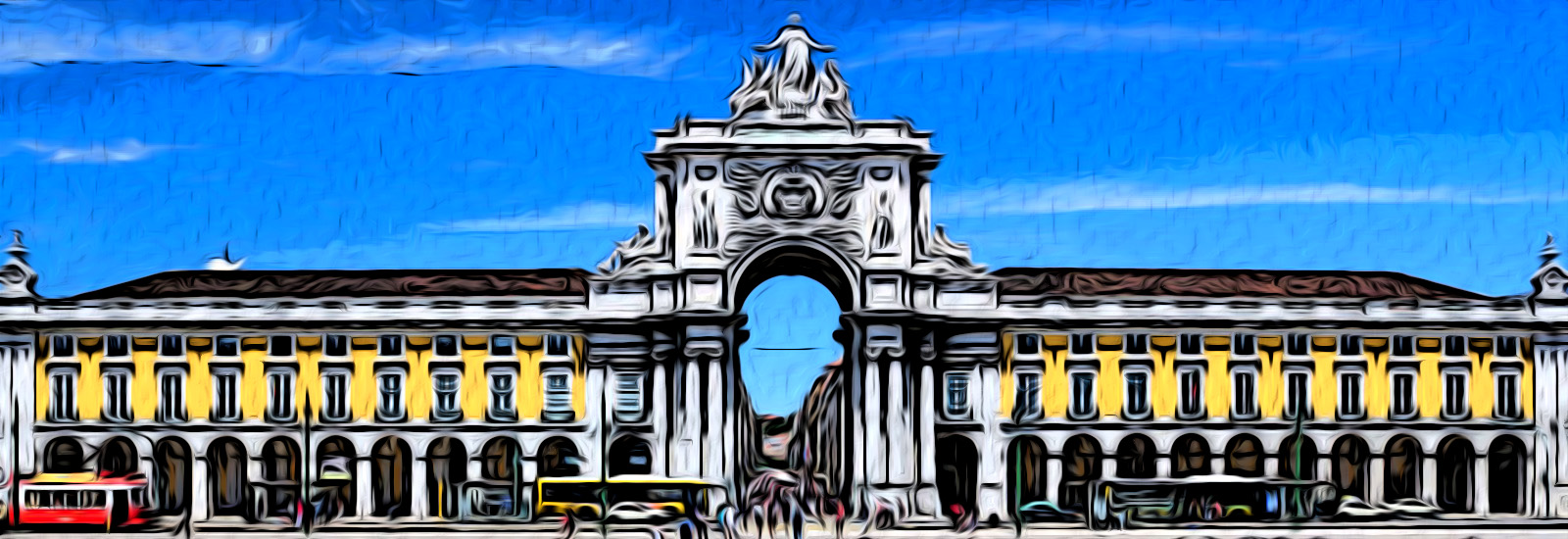
Situated at the end of the Praça do Comércio, Rua Augusta Arch is a grand Arc de Triomphe that opens to one of the most iconic avenues of the city. It is the Rua Augusta, a place where shops and restaurants of all kinds are located.
Originally designed as a bell tower in the 18th century, the building was then transformed into an ornamented arch after more than a century. The structure is filled with historical figures and a coat of arms of Portugal.
The street deserves a slow and patient promenade. It is also worth climbing the arch to enjoy some pleasant views.
related topic: Rua Augusta Arch
3.Experience the Tower of Belém from all angles
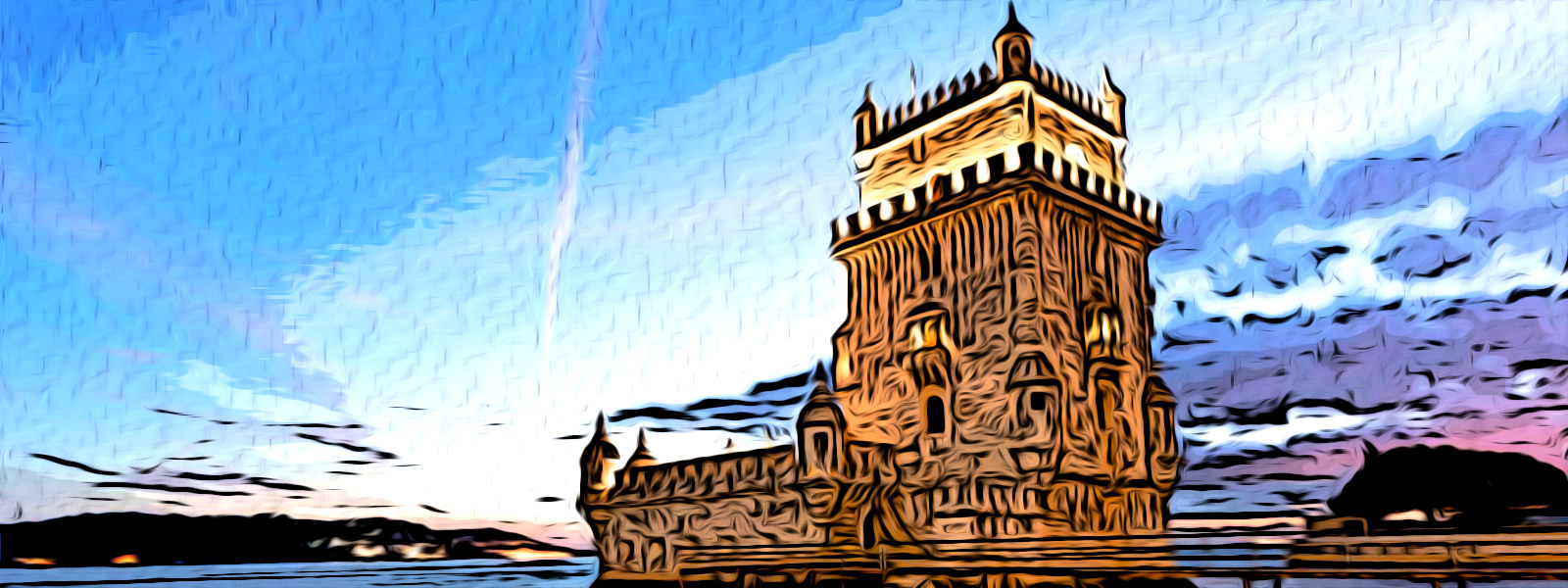
Officially named the Tower of Saint Vincent, this is one of the essential steps to be visited in Lisbon. The building is located on one of the banks of the Tagus River and it was used as a prison, a lighthouse, and a tax collection center throughout its history.
The tower has been a UNESCO World Heritage Site since 1983 and it is depicted as a landmark symbolizing the ‘Age of Discoveries’ in Europe.
It is one of the most particular Manueline-style buildings, a captivating architectural current that can only be found here. Inside the building, there is a chapel, the Hall of the Kings, and a terrace with breathtaking views.
related topic: The Tower of Belém
4.Taste of Belem’s Cakes; Pastéis de Belém

The bakery is typically very crowded with a long queue outside its doors. The queue, however, is worth tasting a bite of these delicacies.
The next stop is rather close to the Tower of Belém. It is almost a blasphemy to Lisbon and not pay a visit to the Antelé Confeitaria de Belém. Traditional cakes, known simply as Pastéis de Belém (Belém cakes), are one of the most traditional and, of course, delicious snacks in the city.
These are custard tarts made with egg tart pastry and cream, dusted with cinnamon; a simplicity that does not take away from their tastiness. The bakery is typically very crowded with a long queue outside its doors. The queue, however, is worth tasting a bite of these delicacies.
The ‘secret recipe’ has not been revealed for almost two centuries. It is believed that there are only three people in the world that know the entirety of what goes behind the closed doors in the ‘Oficina do Sagrado’ – the ‘secret workshop’.
related topic: Casa Pasteis De Belém
5.Enjoy the Padrão dos Descobrimentos

Padrão dos Descobrimentos means Monument of the Discoveries in Portuguese. Located to the Belém Tower, the monument raises on the banks of the Tagus river. It celebrates the Portuguese Age of Exploration during the 15th and 16th centuries. The monument is 52 meters high and it portrays 33 figures form the history of Discoveries.
related topic: The Padrão dos Descobrimentos
6.Fascinate with the Jeronimos Monastery
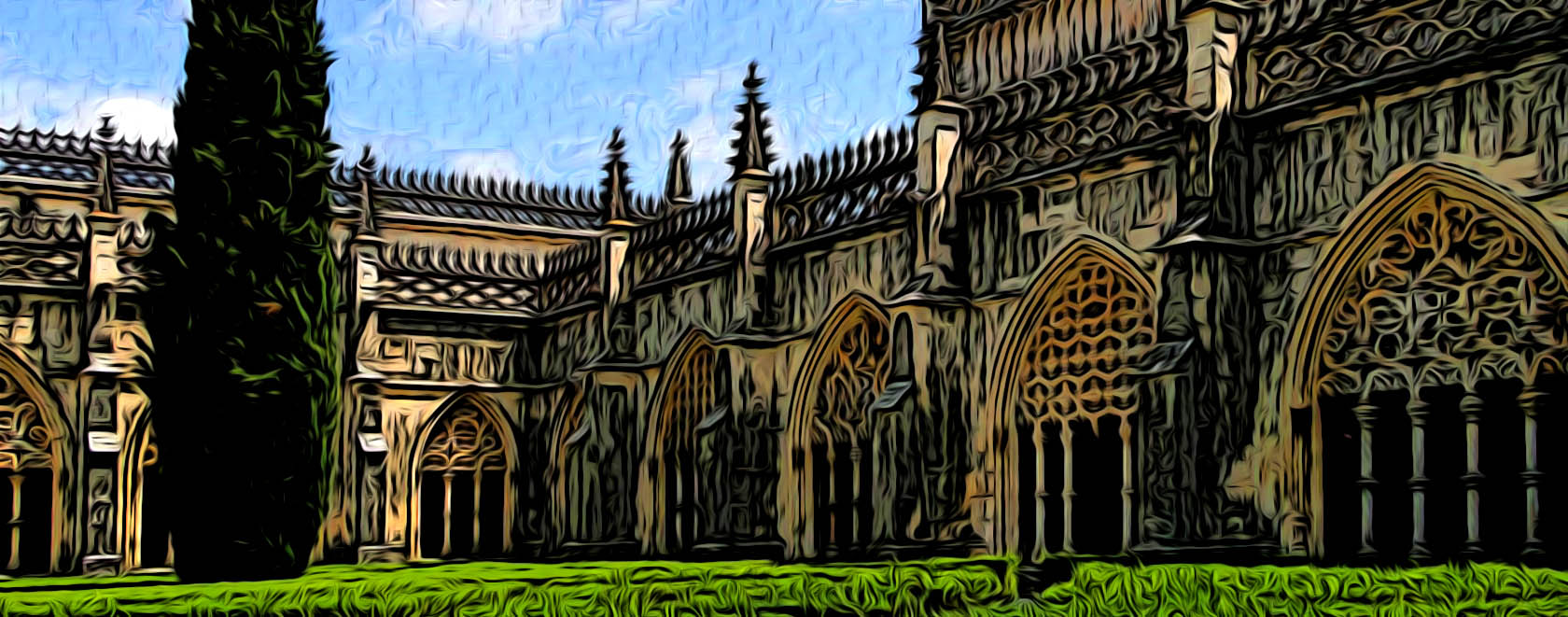
It is one of the most essential and impressive tourist sites that Lisbon has to offer. Upon his return from an exploration to India, Vasco de Gama had a role in the establishment of this beautiful temple in the Belém neighborhood.
The spectacular Manueline architecture portrays a mixture of a late Gothic style with the Renaissance style. Inside, it is worth paying a visit to the tombs of historical Portuguese characters whilst enjoying this place full of history.
Jerónimos Monastery, also known as Hieronymites Monastery was classified as a UNESCO World Heritage Site. While in the neighborhood, the Maritime Museum and the Archaeology Museum can also be found next door. Although nothing to be thrilled about, it may be a nice brief addition while there.
related topic: Jeronimos Monastery
7.Wander Aimlessly through Alfama
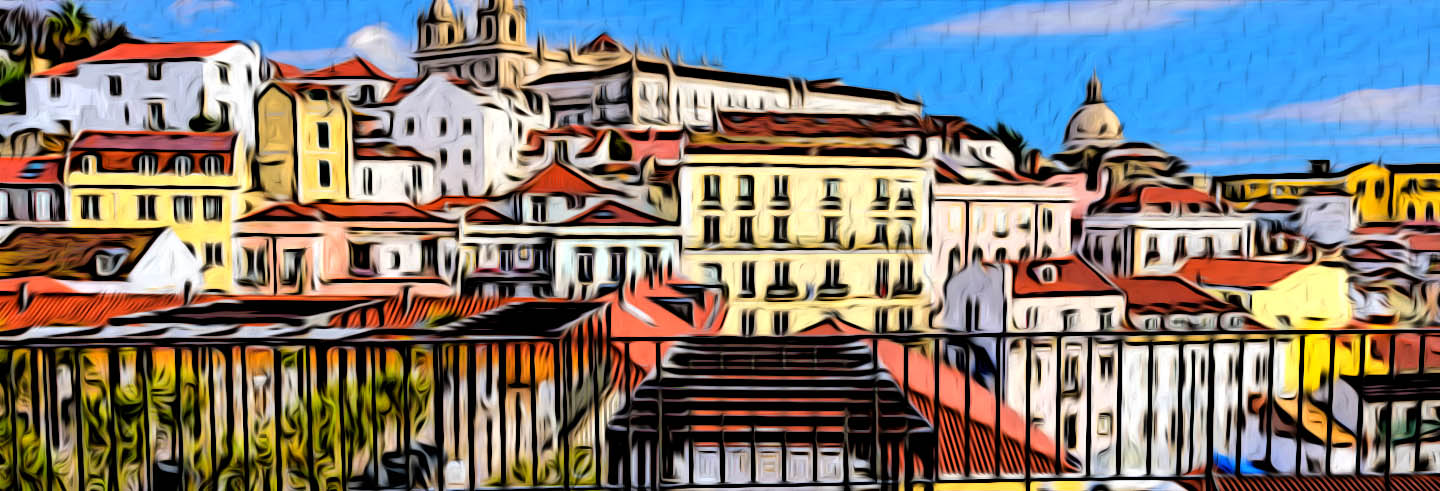
Alfama is among the most charming neighborhoods in Lisbon. Luckily, it was not majorly affected by the infamous Lisbon earthquake of the 18th century. Therefore, its buildings are among the oldest in the city and still retain the characteristic layout of the pre-earthquake times, when the capital of Portugal was under Arab rule. The name appropriately comes from “Al-hamma”, meaning ‘hot fountains’ in Arabic.
There is great comfort in getting lost in the picturesque labyrinth of narrow cobbled streets of Alfama. The neighborhood is also the epicenter of the traditional Portugal music, Fado.
related topic: Lisbon Alfama District
8.Enjoy the View from Miradouro de Santa Luzia
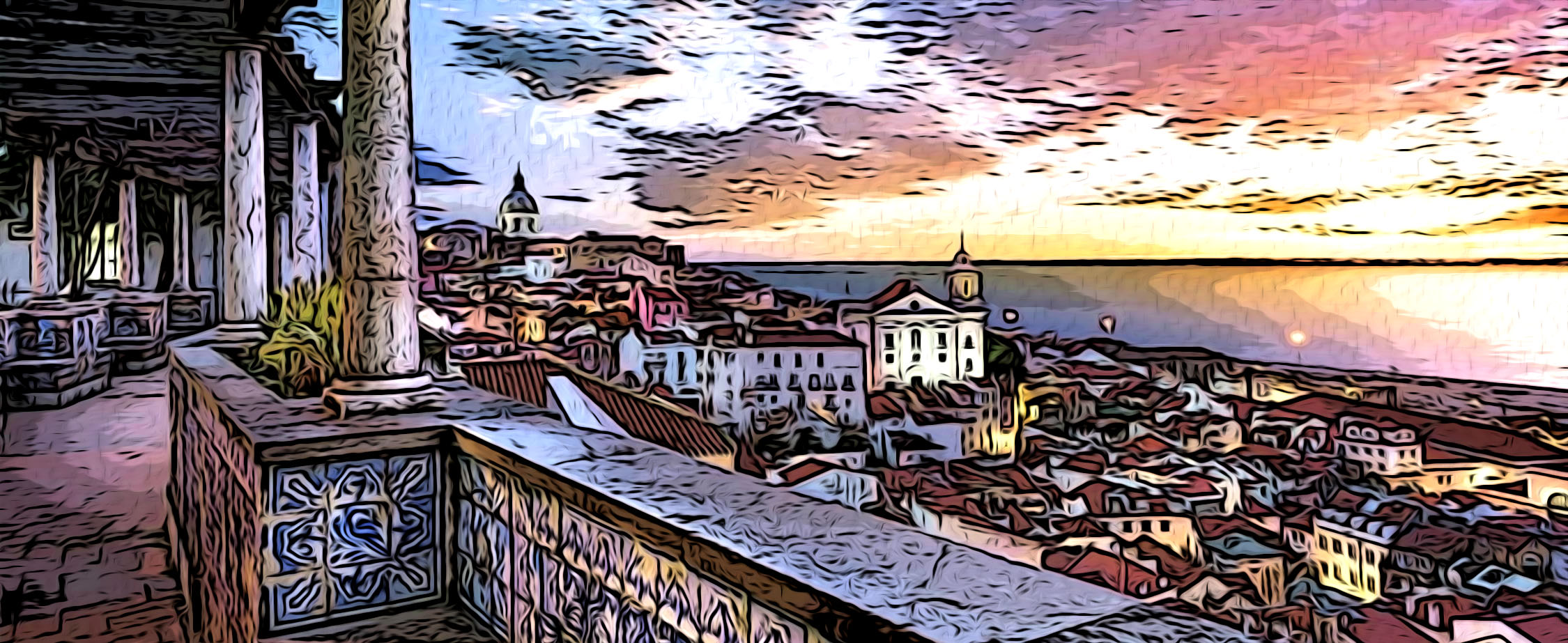
While in the Alfama district, Miradouro de Santa Luzia is a great spot to enjoy the lovely views of the city along with the Tagus river. Lisbon is blessed with a good number of viewpoints, however, this is special as it offers a unique perspective of many must-see monuments in the city.
When at the viewpoint, it is worth spotting and taking a picture of the traditional houses of Alfama, the churches of Sao Esteban and Sao Miguel, as well as the National Pantheon.
related topic: Miradouro de Santa Luzia
9.Mercado de Santa Clara
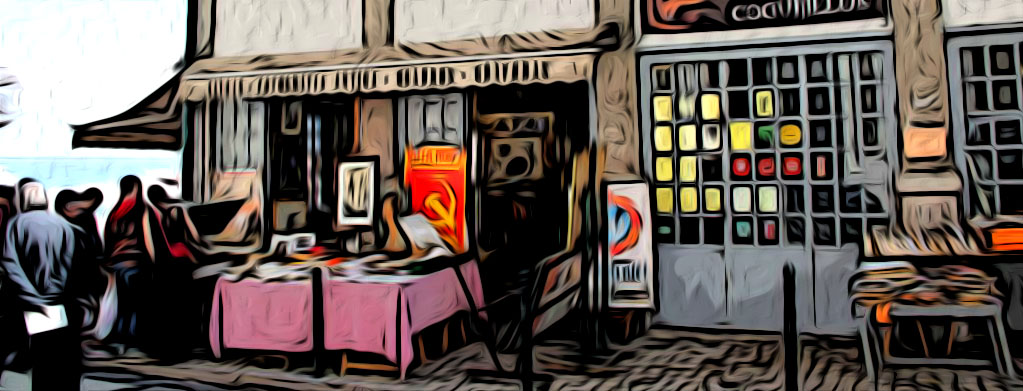
Built primarily of iron and glass, Santa Clara Market is one of the first commercial buildings ever to emerge in Portugal. It was mainly used for fresh food sales when it was initially built in the late 19th century. As for now, it is common to find all types of antiques, crafts, and eateries in the market. There is also a Center for Culinary Arts in the middle of the market.
The small park in front of the market offers a kiosk, where visitors can enjoy drinks and snacks right by beautiful river views. The Ladra Fair is also worth visiting, as it sets upright by the market on Tuesdays and Saturdays.
related topic: Mercado de Santa Clara
10.Discover the Castle of São Jorge

On top of one of the highest hills in the city, stands the grandiose Castle of São Jorge, also known as Castelo dos Mouros by Arab origins. Walls, viewpoints, and other spaces open in an enclosure that extends in a large space. Having been used as a royal palace and as a military barracks, it now keeps all its medieval magic intact as a national monument and a museum.
It’s worth climbing to the top of this crown-like building and get a scenic view of Lisbon.
related topic: The Castelo de Sao Jorge
11.Discover the Melancholia Hidden within the Fado

This music genre can be traced back to the early 19th century Lisbon’s port districts such as Alfama, Mouraria, and Bairro Alto. It generally involves mournful tunes and lyrics, typically referring to the sea, the poor, fate, and melancholia.
The neighborhood of Alfama hosts some of the top Fado establishments in the country. Some of the places where you will find the are the traditional flavor and enjoy a special experience include Taverna do Embuçado and the Clube de Fado.
12. Visit the Fado Museum

While at it, if Fado music proved to be your taste, it is a good idea to visit the Museu do Fado and delve further into this mysterious music genre.
The museum is located next to the Santa Apolonia station in Alfama. It presents a collection with over 15.000 pieces from a variety of forms, from original sheet music, handwritten lyrics, and musical instruments. The pieces each tell the story of Fado music and its deep roots in the cultural and traditional history of the country.
13.Cultivate Yourself in One of the Museums of Lisbon

As a city in which culture plays such an important role, Lisbon offers a rich selection of museums to its visitors. It would be worth highlighting these museums as solid spots to visit among all:
- The Museum of Contemporary Art,
- The National Archeology Museum,
- The Carriage Museum,
- The Navy Museum,
- The Tile Museum, and
- The MAAT (Museum of Art, Architecture, and Technology).
14. Get on the tram on line 28

Lisbon trams are already a worthy attraction just by themselves. Many of the wagons in operation today are restored original pieces that hold a history of a century within them. The Lisbon tram network, originally named “Rede de elétricos de Lisboa“, is in operation since 1873 and currently consist of six separate lines. Initially, it started as a horsecar line, adding on the first electric tramway in 1901.
The most famous one among them is Line 28; it runs through the neighborhoods of Graça, Chiado, Barrio Alto and Alfama. The windows of the tram opens up to all the famous monuments of Lisbon.
It is an affordable and enjoyable activity to get on one of the trams and stroll through the charming streets of Lisbon as its inhabitants did in the early 20th century.
15.Drink a Cold Beer at Cervejaria Trindade
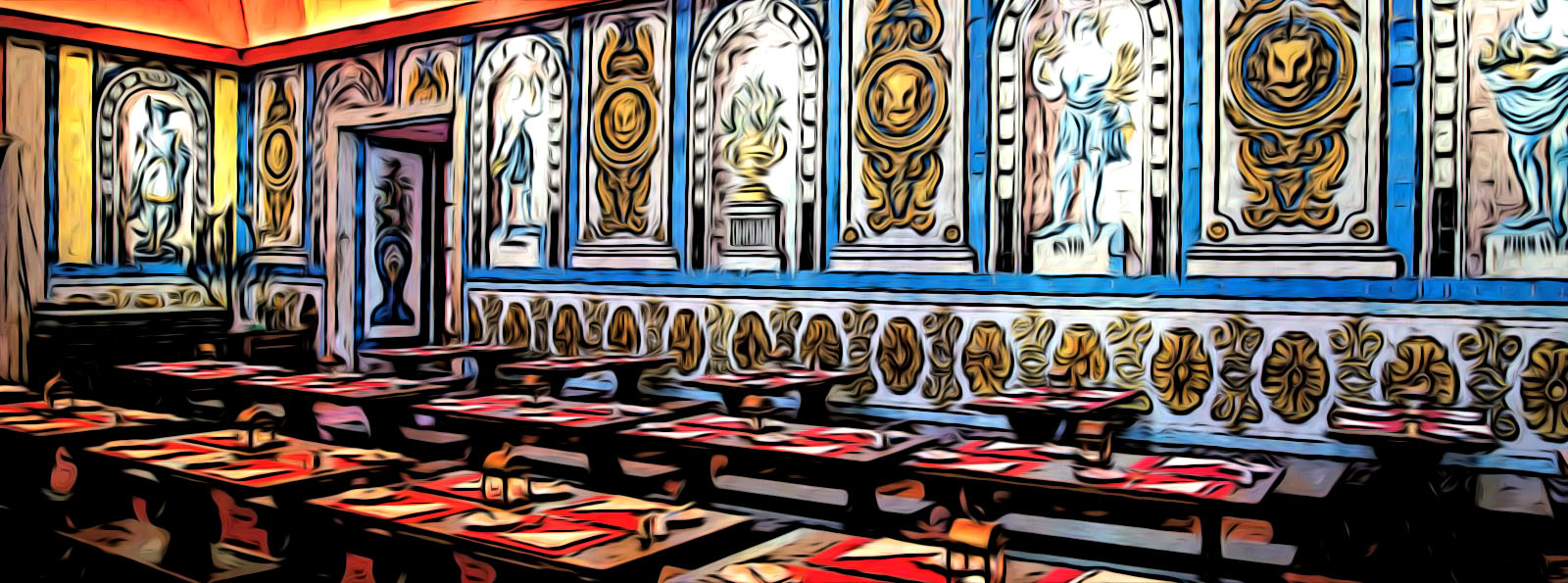
No matter, if it’s a beer, a soda, or a simple glass of water, entering inside the Cervejaria Trindade, is a must when paying a visit to Lisbon. Located in Barrio Alto, the place is in an old convent built-in 1294. It maintains many of the beautiful, original ornaments.
Having been inhabited by monks for centuries, it became a brewery mid-19th century. It then turned into a restaurant in 1934 and it has been serving hundreds of people simultaneously ever since.
There are different rooms with unique decoration of tile panels to be enjoyed. It offers typical Portuguese drinks and dishes, combined with excellent service and a vibrant ambiance.
related topic: The Cervejaria Trindade
16.Chiado

Chiado is an elegant and vibrant neighborhood in the historic center of Lisbon. It is famous for its historic landmarks, museums, theatres, and even more popular luxury shopping, restaurants, and cafes. It can be compared to the Montmartre neighborhood of Paris.
Rua do Carmo and Rua Garrett are both popular streets of Chiado worth taking a walk on. It is also a good idea to take some snacks and enjoy the Praça Luis de Camões, where the Carnation Revolution once took place. As of that square, Chiado ends and the Bairro Alto neighborhood starts.
17.Sip a Cup of Coffee in Café A Brasileira

Coffee is an integral part of the Lisbon lifestyle. Accordingly, several good coffee shops can be found in the city. However, only a handful can boast the tradition that is present in Café A Brasileira. It is located centrally in the Chiado neighborhood and there is a statue of Fernando Pessoa in front of its door.
The joint opened its doors in 1905 and little has changed aesthetically since then. Originally it offered a bica – short and very intense coffee – to everyone who bought grain at the premises. It soon became the meeting point for writers, artists, intellectuals, and remained so for a century, before practically becoming a tourist attraction.
While enjoying a cup of coffee here is ideal due to the quality of the coffee, it is also an architectural experience in the middle of the original decoration.
The narrow and long hall portrays floors ornamented with mosaics, walls with square pillars and sculpted red wood pieces, and a ceiling embroidered with friezes.
18. Check Out the Carmo Convent
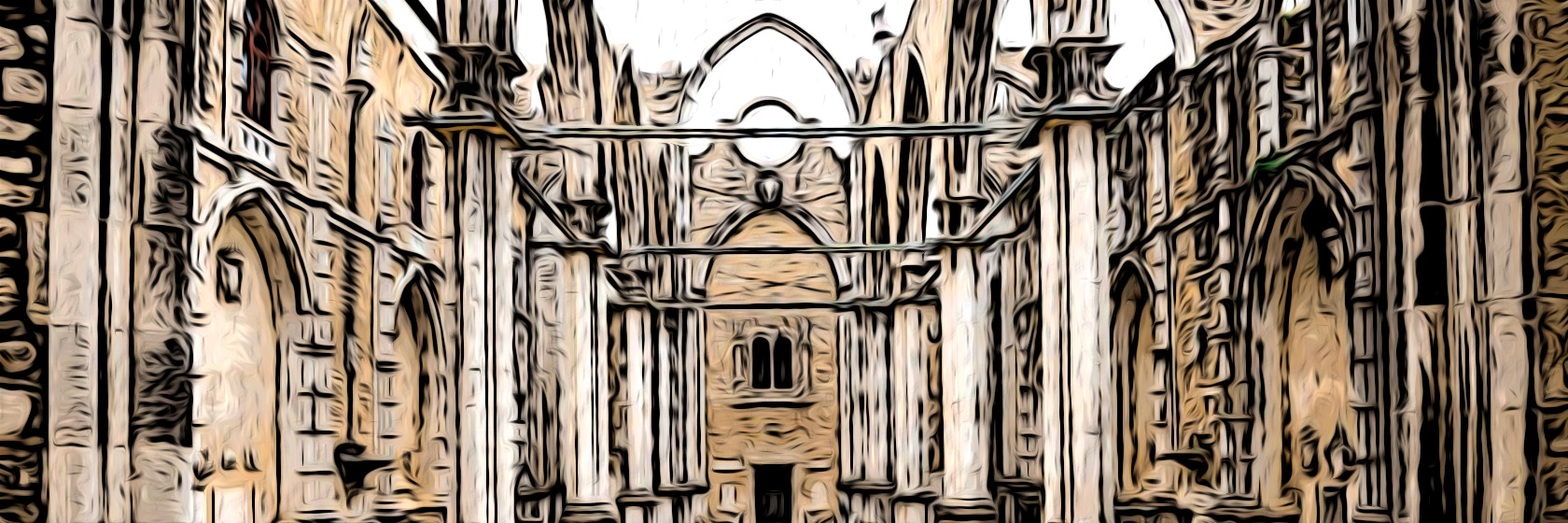
The remnants of the earthquake of 1755 and the following tsunami are still surprisingly visible in the city of Lisbon, regardless of how much time has passed since.
The Carmo Convent, one of the oldest Gothic buildings in the town, was completely razed due to the disaster. Part of the remaining ruins are open to visitors and serve as a reminder of the tragedy that deeply marked the character of the city.
19.Cross the 25 de Abril Bridge

25 de Abril Bridge is usually necessary to cross the Tagus River somewhere to reach the city of Lisbon. The picturesque 25 de Abril Bridge enables this entry. Its completion dates back to 1966 and it extends slightly over 2 km. The red-painted steel structure resembles the famous Golden Gate of San Francisco in style.
20.LX Factory

Located in the Alcantara neighborhood, LX Factory is an abandoned industrial site, turned into a cultural, gastronomical, and creative area. It consists of restored factory buildings that are used as shops, restaurants, cafes, galleries, co-working spaces, and start-up offices.
Although not necessarily a traditional Portuguese experience, it is a quirky place that offers its visitors so much to explore. It is a must-see on the Lisbon places-to-go bucket list.
21.Go shopping on Avenida da Liberdade
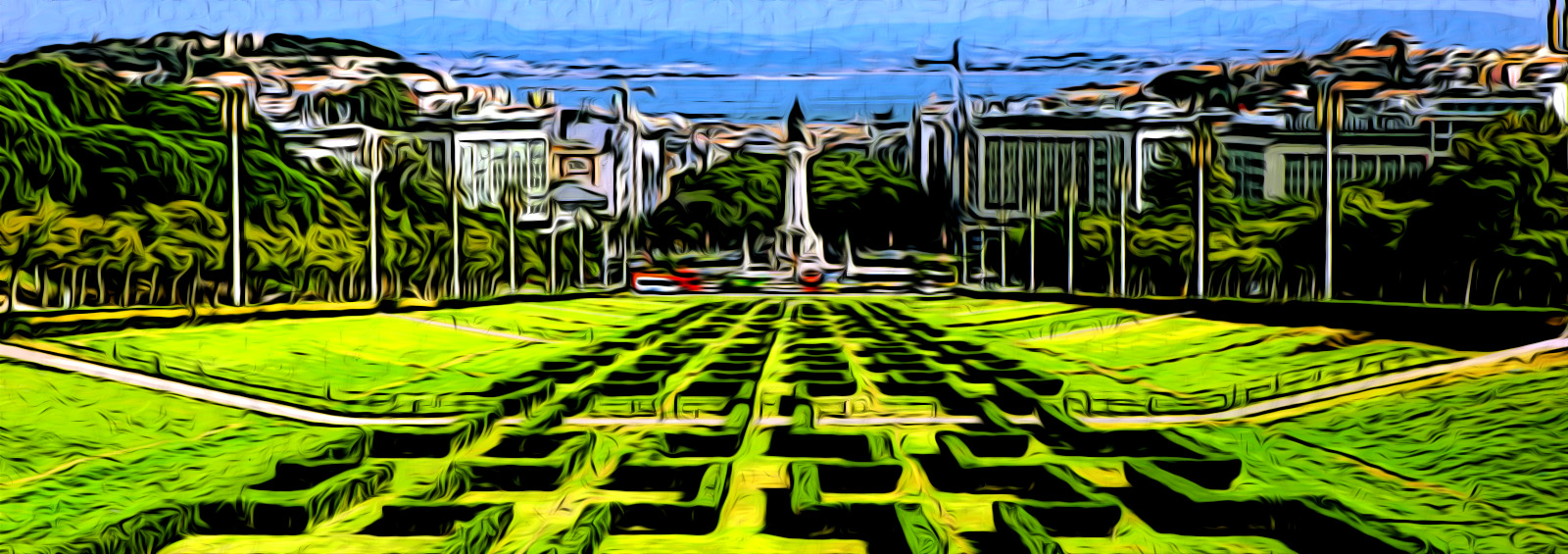
Those who love shopping and luxury will also find what they are looking for in Lisbon. The Avenida da Liberdade is to Lisbon, what Champs Elysees is to Paris. It is the most famous boulevard in central Lisbon and it hosts the most exclusive shops in the city, as well as several prestigious hotels and embassies.
To understand the exclusivity of this essential artery of the city, it should be noted that only the members of the upper class could pass through it during the 18th century. The Lisboners typically refer to it as “Avenida”, meaning ‘the Avenue’.
22.Discover the Bica Funicular : Ascensor da Bica
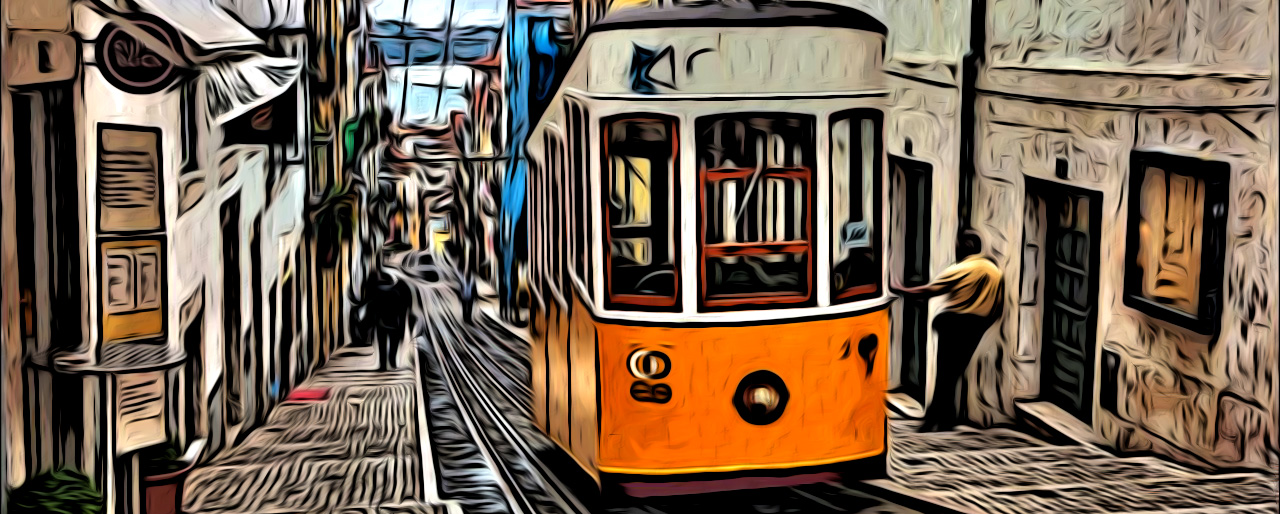
The elevator in Bica started service in 1892 and is still in use. To this day, it maintains the same classic and nostalgic look, which makes it so special for visitors to Lisbon. The lift serves one of the countless steep slopes that are scattered throughout the neighborhoods of Lisbon.
The route lies along the 245 meters (805 ft), which covers the entire Rua da Bica, connecting Rua de São Paulo with Calçada do Combro. The funicular travels the distance whilst maintaining the style of traditional trams and exhibiting a landscape of pastel-colored traditional houses and picturesque views of the Pombaline downtown & the Tagus River. It is an adventure full of charm for anyone of all ages, making it worth waiting for the queues.
Trivial fact: Even though it is referred to as a funicular, technically it is powered by electric motors as opposed to a mechanical cable, as it should be in funiculars.
23.Go Out for Dinner and Drinks in the Barrio Alto
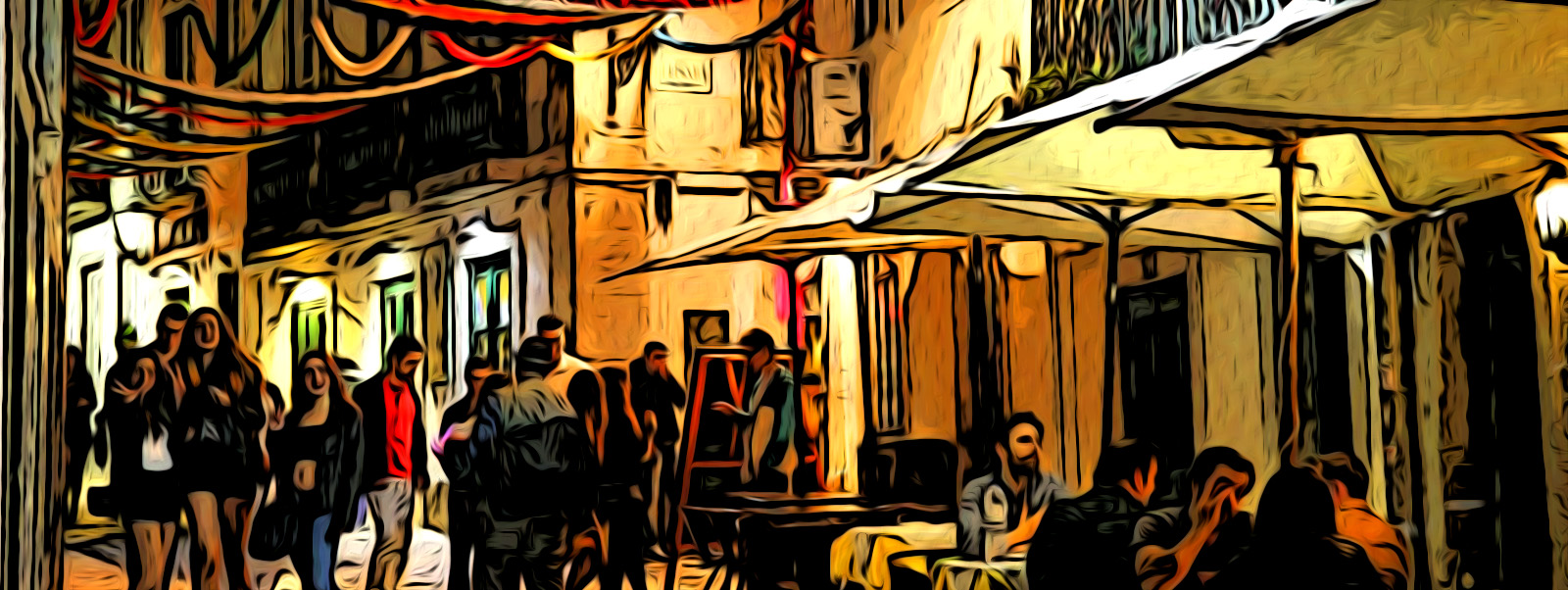
With its narrow sloped streets, Bairro Alto is quite an alternative area. Its streets are full of restaurants and bars, lighting up at night, inviting a crowd of all ages to a charming promenade. It is always a good idea to have dinner and some drinks in the many options the vibrant neighborhood presents. It is also a good area for those in the mood to dance; having said that, most of the spots are bars and not clubs.
Bairro Alto means “Upper District” in Portuguese, due to its high positioning.
24.Climb in the Elevador de Santa Justa

The iron construction with two wooden elevators inside was used to serve Lisboners move around the steep-sloped neighborhoods of the city. Currently, however, the locals no longer use the Santa Justa Lift. Why? Simply because the centrally located, beautiful elevator is one of the most sought after tourist attractions of the city.
It is located at the end of Rua de Santa Justa and it connects Baixa with Largo do Carmo through a vertical distance of 45 meters. It hosts 29 passengers, which causes long tourist lines. The worthiness of the wait is debatable, though those lucky to catch it with little to no queues should try it out once.
25.Enter the Church of Santo Domingo
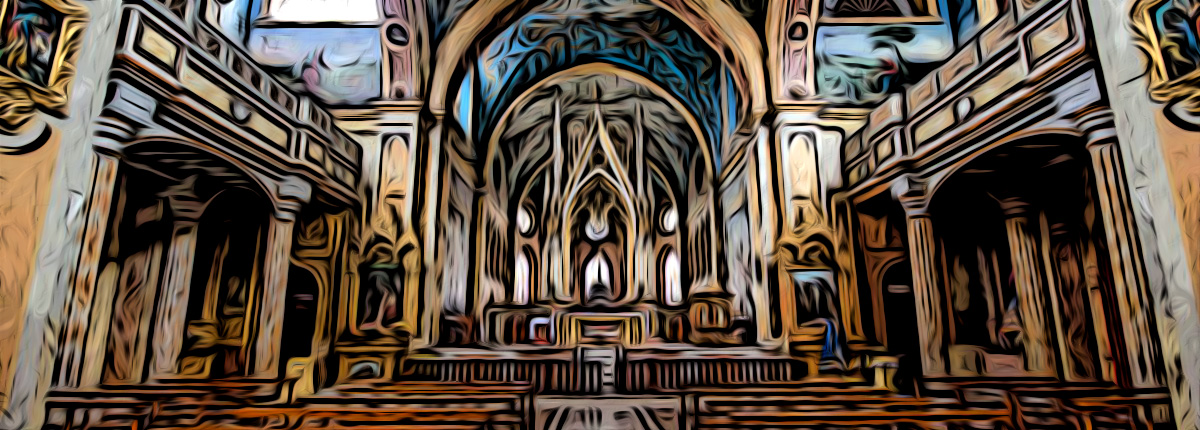
Igreja de São Domingos has been the largest church in Lisbon for many centuries. As such, it was home to royal weddings, coronations, and even infamously the execution of a Jesuit missionary. It was damaged and then destroyed during the 1755 earthquake in Lisbon. After being restored, it suffered a terrible fire in 1959.
The city decided not to completely restore it, which is the reason behind the burned walls, the damaged stone, and semi-burned murals in the interior of the church. These signs of the fire, however, created a unique and authentic atmosphere within this National Monument. It is worth paying a visit and contemplating all that the place has been through.
26.Discover the Modern Face of Lisbon in Parque das Naçoes

This neighborhood hosted the World Expo 1998. As of then, it has more commonly be referred to as “Expo” and it has become one of the most developed neighborhoods in Lisbon. In addition to how modern the area is, it also stands out as a neighborhood full of culture and leisure.
Parque das Naçoes is home to trendy bars, restaurants, shopping centers. It also houses some tourist attractions such as the Vasco da Gama Bridge, the Science Museum, the Oceanarium, and even the Casino Lisboa, for those who would not mind some gambling.
related topic: Parque do Naçoes
27.Get Lost in the Second Largest Oceanarium in Europe
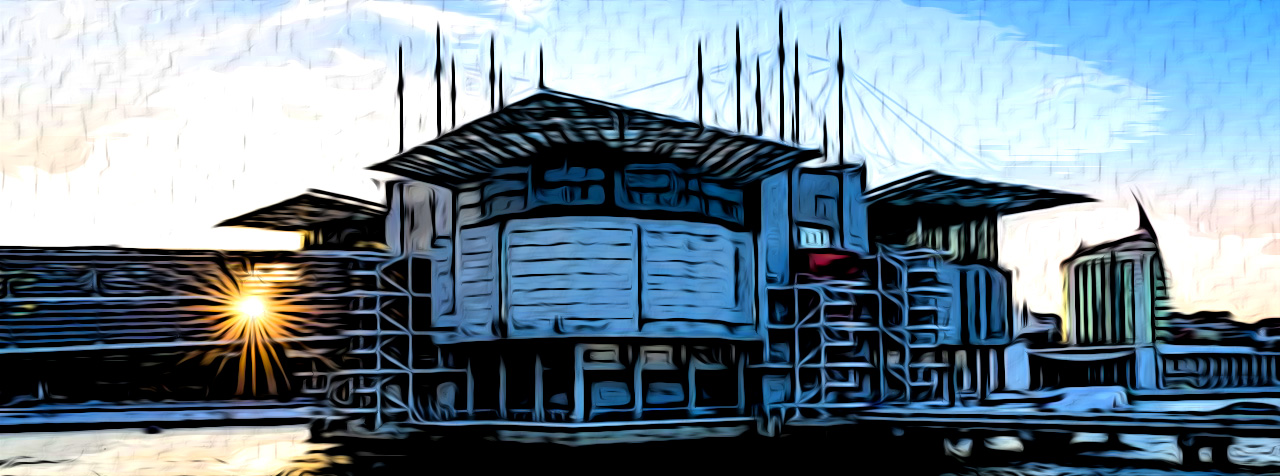
The Lisbon Oceanarium is a very special outing, particularly when traveling with kids. Located in the Parque do Naçoes, it is the second-largest aquarium in Europe after L’Oceanografic in Valencia. It is home to more than 16.000 marine organisms of 450 species.
related topic: Lisbon Oceanarium
28.Pay a Visit to Estadio da Luz of Benfica

Soccer is an obsession in Portugal and it sure reflects in the social life of Lisbon. S.L. Benfica is one of the most popular soccer clubs not only in Portugal, but also throughout Europe. The Estadio da Luz is the official stadium of the soccer club and hosts football games with a capacity of 120.000 seats.
29.Succumbs to the magic of Sintra

Merely an hour-long train ride away from Lisbon, Sintra used to be the residence of Portuguese aristocracy for a good part of the year. It is a coastal city that is home to several palaces and gardens, each of which is refined and beautiful. The town looks like it was taken from a fairy tale.
Places to visit in Sintra;
- Sintra-Cascais Nature Park
- Castle of the Moors
- Pena National Palace
- Portuguese Renaissance Sintra National Palace
30.Experience the Oceanic Views in Cascais

Located on the Portuguese Riviera, Cascais is a small fishing village that became a vibrant tourist town thanks to its charm and picturesque beaches.
Cascais has lots to offer from shopping, jogging, swimming, surfing, to good food and drinks right by the ocean. It is particularly a joy to visit in the spring and the summer.
31.Explore The Lisbon Cathedral

More commonly referred to as ‘Santa Maria Maior de Lisboa’ or ‘Sé de Lisboa’, this church was built in 1147. It is the oldest church in Lisbon and the Baroque architecture survived many events, including the earthquake that severely damaged the city. It is one of the most iconic buildings in Lisbon and holds many details and great history.
32.Time Out Market
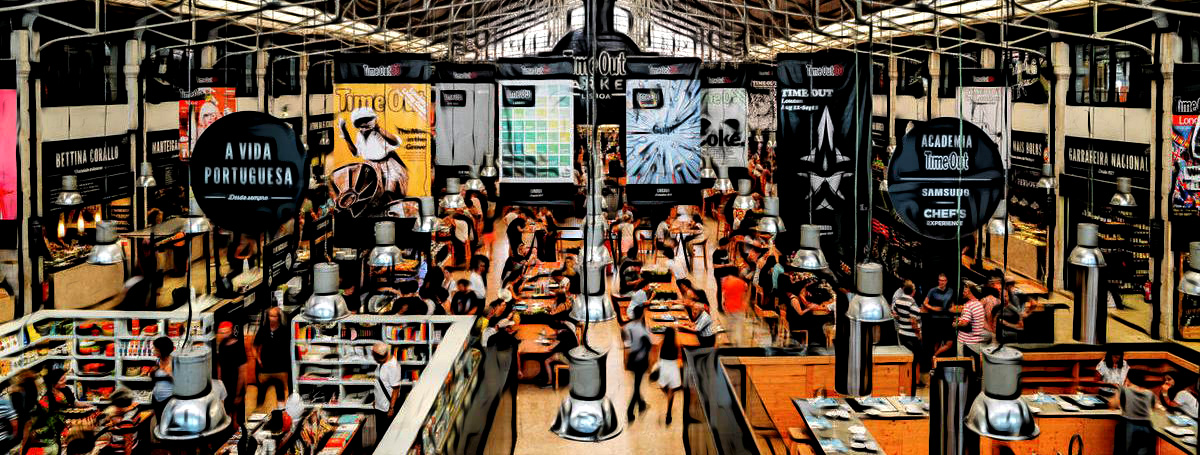
This market is the mecca of “street food” in Lisbon. It hosts close to 40 kiosks, many of which are miniature representations of the essential go-to restaurants in the city. Each kiosk specializes in a specific cuisine and most of them do not fail. Portuguese traditional gastronomy is also represented with a good variety of seafood.
Meals to try at the Time Out Market Lisbon:
- Miguel Castro e Silva, try the Bacalhau à Brás
- O Surf & Turf, try the Polvo assado com tapioca negra
- Balcão da Esquina, try the Roast pork sandwich
- Chef Henrique Sá Pessoa, try the , 64-degree egg
33.Gulbenkian Museum

The oil magnate Calouste Gulbenkian left one of the wealthiest foundations behind him. Part of the Calouste Gulbenkian Foundation, Gulbenkian Museum is an art museum in Avenidas Novas, Lisbon and it houses one of the biggest private collections in the world. From Rembrandt to Ghirlandaio, Rodin, Monet, and many many more masters, the museum is a joy for the eyes.
34.Have a Meal at Cervejaria Ramiro
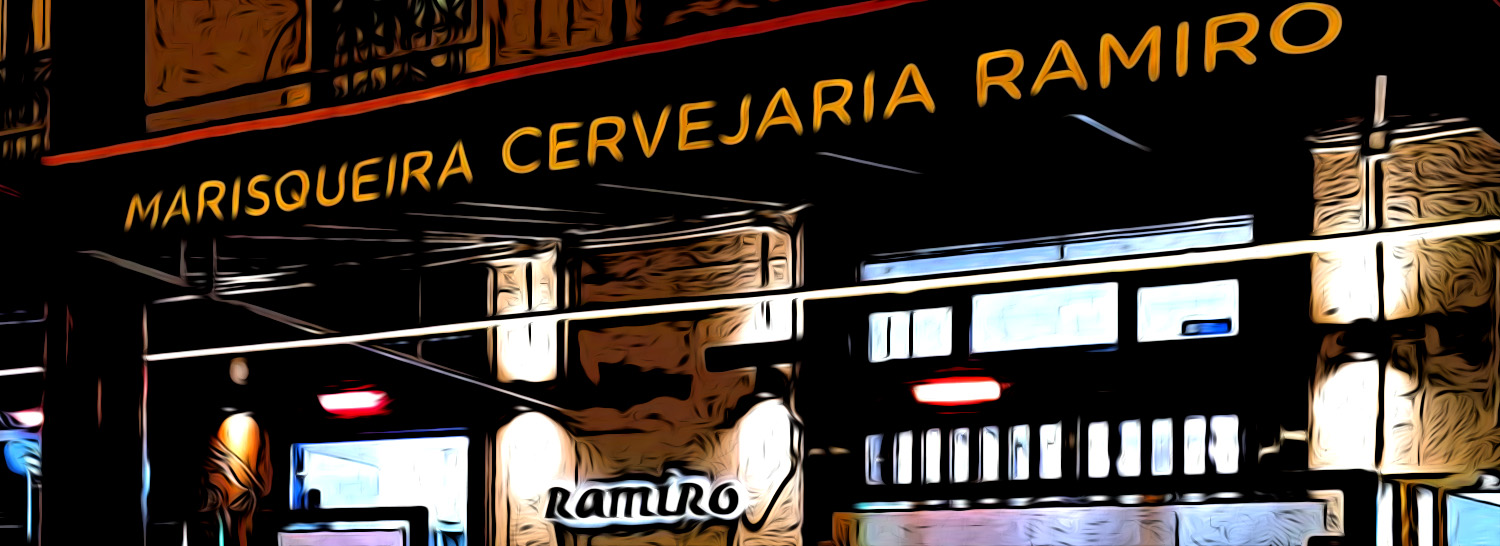
The food at Ramiro is so fresh that the first floor of the restaurant is filled with water tanks. It is known to be busy and typically loud, but that all adds to the warmth of the ambiance. It first started as a beer and snack joint in 1956 and transformed into a gastronomical experience as the years went by. To this day, it is family-owned. The prices are decent and the food is superb.
35.Jardim de Estrela

Estrela Garden is a lovely spot to relax after sightseeing, it is also popular among the Lisbon locals. It can easily be accessed by tram 28, which stops at the main gate of the garden. Besides the exotic trees and plants, the duck friendly lake, and sculptures, there are nice coffee shops and a children’s playground within Jardim de Estrela.
The delightful neighborhood park opens to the public at 7 AM and stays open until midnight; a great spot to visit with children.
36.Basilica da Estrela
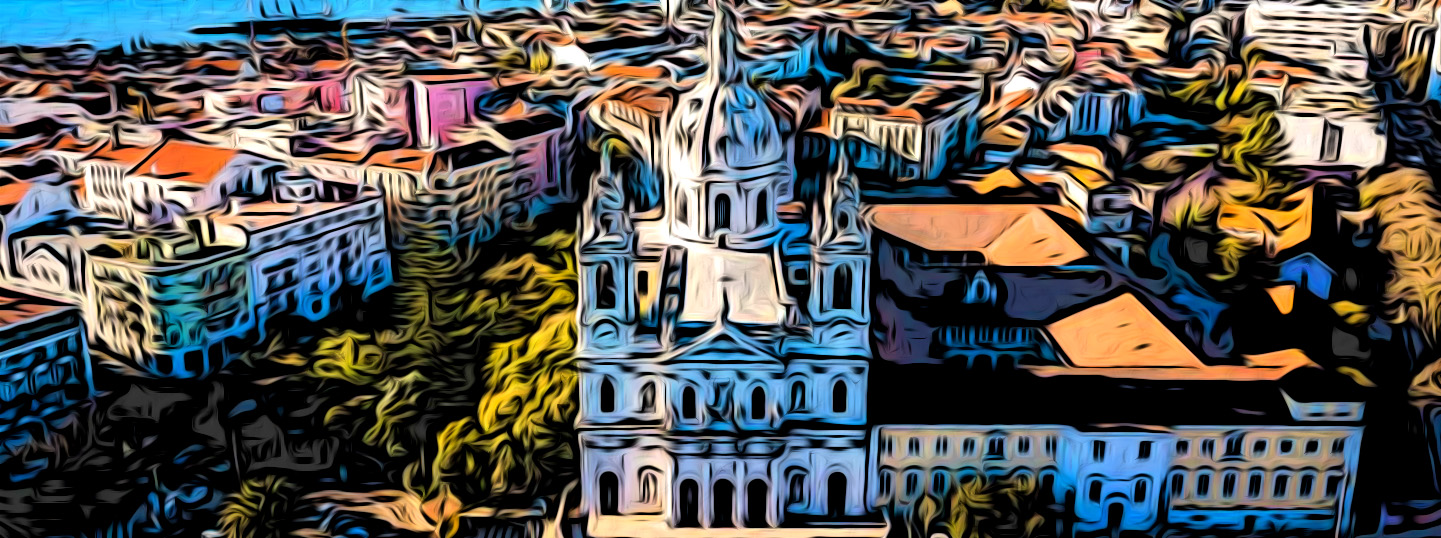
Right across the street from Jardim de Estrela, Basílica da Estrela is a quaint basilica in the Estrela neighborhood of Lisbon. It was built in the 18th century. The church has a huge dome, twin bell towers, and beautiful statues of saints. The floors are made of grey, black, yellow, and pink marble. The neoclassical and baroque style of the basilica is worth checking out.
Tip: It is possible to visit the dome at the terrace and get fantastic views of Lisbon.
37.Principe Real
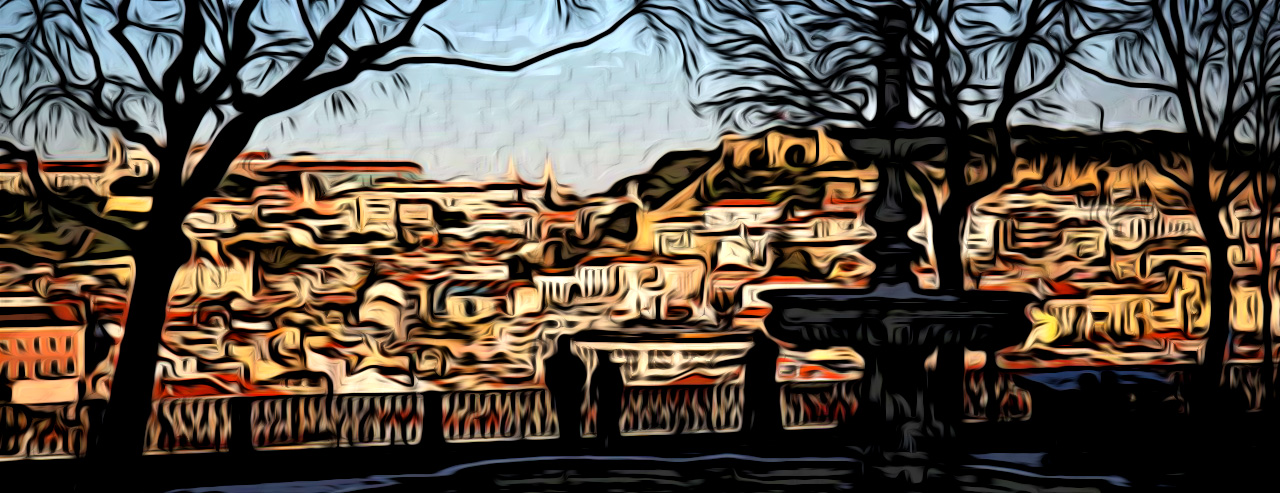
Principe Real is a pleasant neighborhood in Lisbon. Located on a hill, it connects directly to Bairro Alto and Chiado neighborhoods. It has a charming square with a nice garden, in which there is a cafe that is not to be missed. In the middle of the square, there is a cedar tree that is hundreds of years old, which acts like a beautiful umbrella. The square is surrounded by colorful old mansions.
Traditionally, Principe Real neighborhood was known as Lisbon’s LGBTQ district with several gay bars and clubs. Over the years it grew to be one of the most touristic districts with shops, galleries, restaurants, and antiquaries.
38.Tuk Tuk Rides

Although not a traditional Portuguese vehicle, the tuk-tuk turned out to be a very practical means of transport for the narrow and steep streets of Lisbon. There are several circuits available, most of which include the touristic routes and historic neighborhoods.
related topic: Lisbon Tuk-Tuk Tours: Travel Guide
39.The Lisbon souvenirs not to be missed

Lisbon has a rich culture that dates way back. Many elements make into great souvenirs such as tram replicas, fado recordings, and traditional tiles.
40.Eat Cod in Lisbon

Cod, Sardines, and Natas are the essential references of the Portuguese cuisine. Cod in particular is prepared in a variety of different ways depending on the region of Portugal in which it is prepared. Luckily, in Lisbon, you can find all of these. Better yet, discovering these flavors will not break the bank.

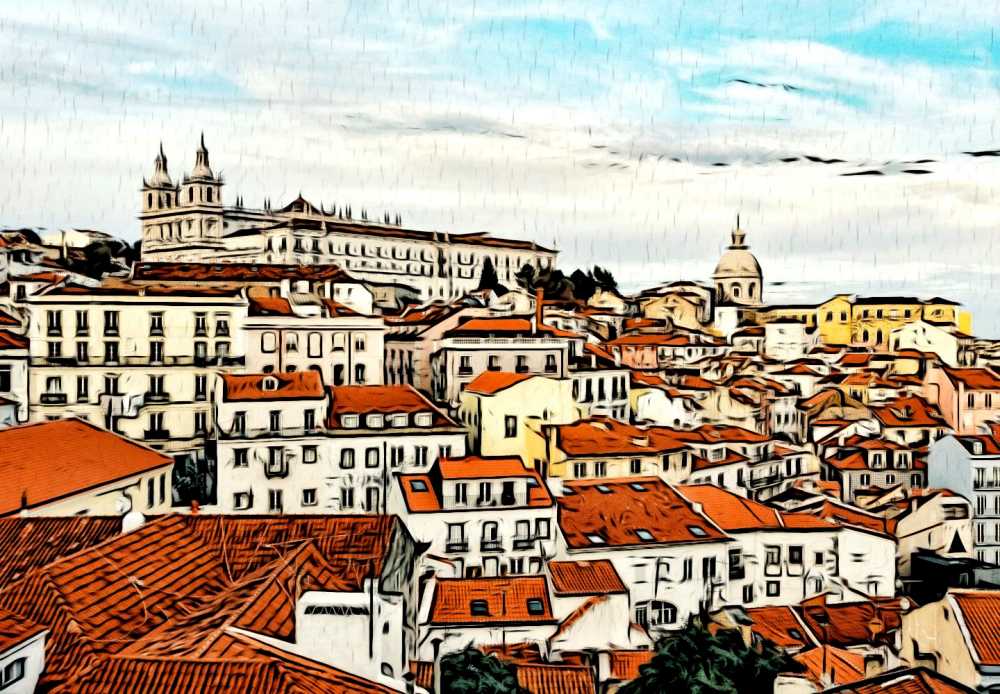
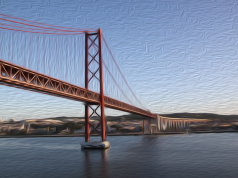


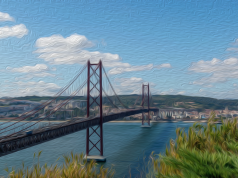

Excellent, this is a very comprehensive list! However, I would need to stay there two months to complete all forty recommendations 🙂 Over a long weekend, I was able to check around seven off the list, I will certainly go back to continue from where I left…
Hello! lisbongo.com site is very useful and inspirational, and I do not think I arrived without a reason.